9 Basic Jiu Jitsu Positions You Should Master
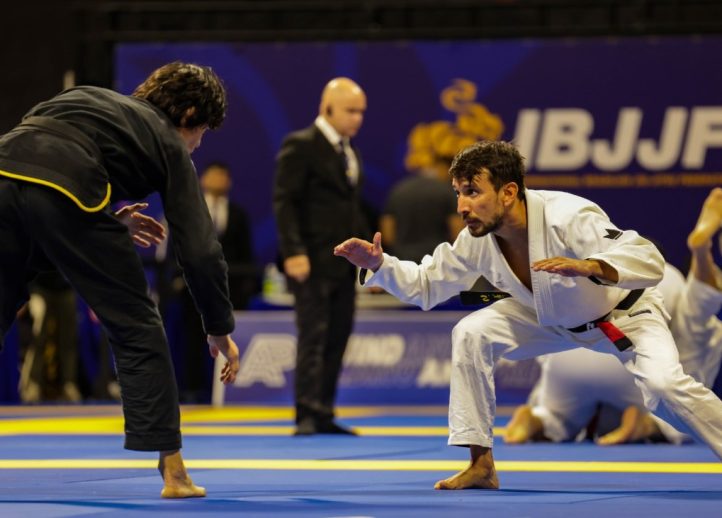
Hey, new grappler! Ready to step onto the Brazilian Jiu Jitsu (BJJ) mat with confidence?
I’m Steve Marlin, a BJJ brown belt, and I’ve been where you are, nervous but excited. I’ve been rolling on the mats for over a decade now. I’ve learned that mastering basic positions is like learning your ABCs before writing a novel.
When I first started, it felt like there was a lot to learn. Each position presented a new challenge to grasp. But here’s the truth: once you grasp these fundamental positions, everything else starts to make sense. Think of positions as the building blocks of your entire jiu jitsu game.
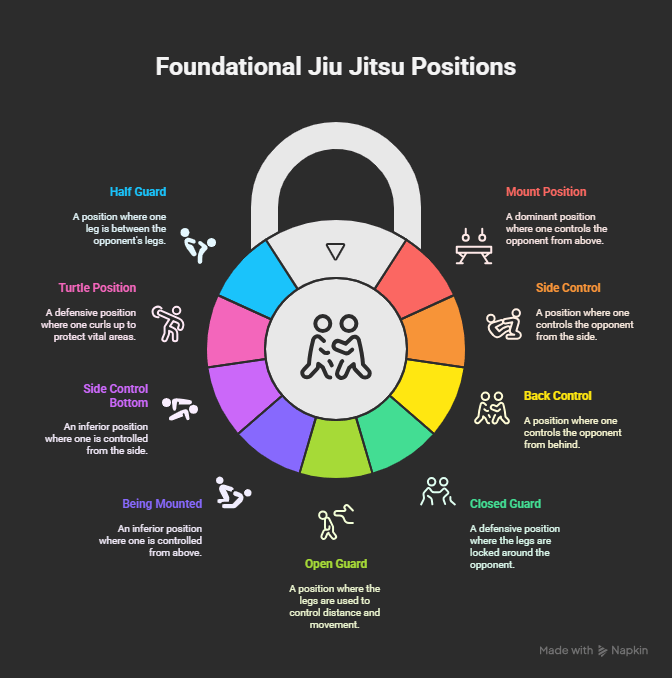
The Foundation: Understanding Position Hierarchy
Dominant vs. Neutral vs. Inferior Positions
In BJJ, not all positions are created equal. Some give you control and attack options that’s dominant. Others are neutral, where neither person has a clear edge. Then there are positions where your opponent has the advantage, and your focus shifts to improving your situation.
Here’s a simple way to think of it:
- Dominant = you are driving the car
- Neutral = you are in the passenger seat
- Inferior = you are stuck in the trunk
How Positions Connect and Flow
Every position links to another. You escape mount, you might land in half guard. You pass guard, you could move to side control. Learning these transitions helps you stay ahead, even when things don’t go as planned (which is often).
The Role of Base, Posture, and Pressure
- Base: This is your balance. Maintaining it is key to keeping your advantage.
- Posture: Your body position. Good posture makes it hard to sweep or submit.
- Pressure: This doesn’t mean being heavy; it means using your weight smartly to control your opponent.
Together, these three make any position more effective.
Essential Basic Jiu Jitsu Positions Every Beginner Must Learn (With Images)
Top Control Positions (Dominant)
1. Mount Position
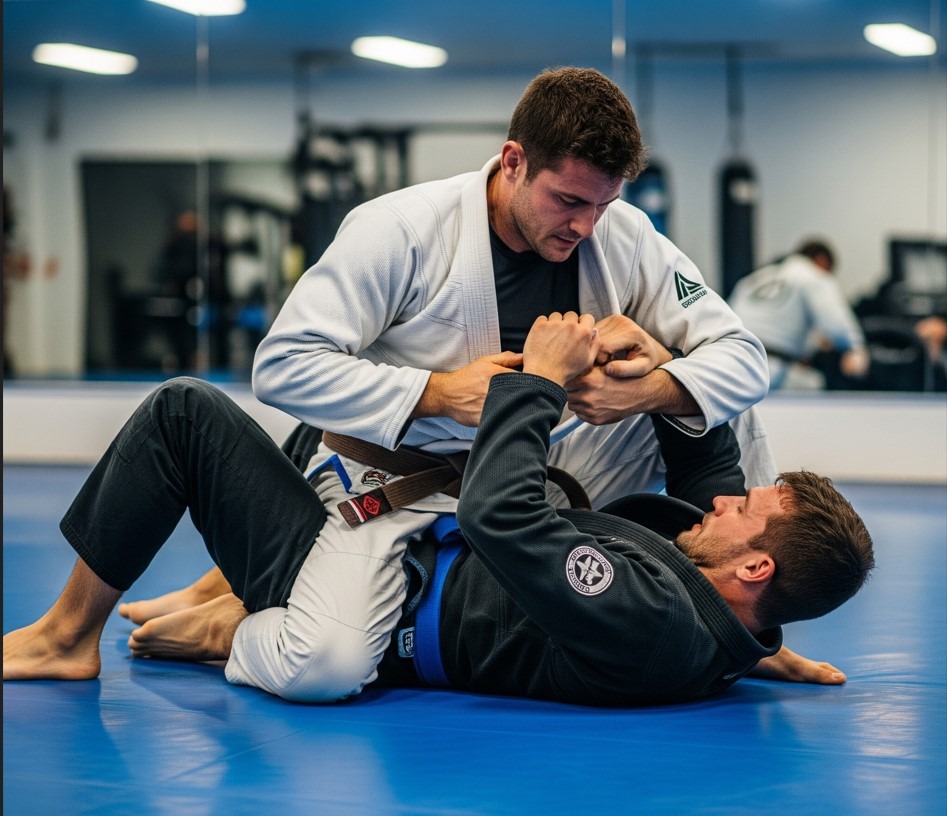
Mount is when you are sitting on your opponent’s torso, knees on the mat. You’ve got control, they’re in trouble. This is a great spot to attack with submissions like armbars or chokes.
Real Talk: I remember the first time I secured a mount on someone in live sparring, and it was a powerful moment of control.
2. Side Control (Side Mount)

You are chest-to-chest with your opponent, controlling them from the side. You’ve passed their legs (guard) and pinned them. Side control is a checkpoint. From here, you can attack or move to mount or north-south.
3. Back Control

This is the king of positions. You are on your opponent’s back, with your legs wrapped around them (hooks in). You control their movement and have access to strong finishes like the rear-naked choke.
Tip: Keep your chest tight against their back and your chin behind their shoulder. No space = no escape.
Guard Positions (Neutral/Defensive)
4. Closed Guard
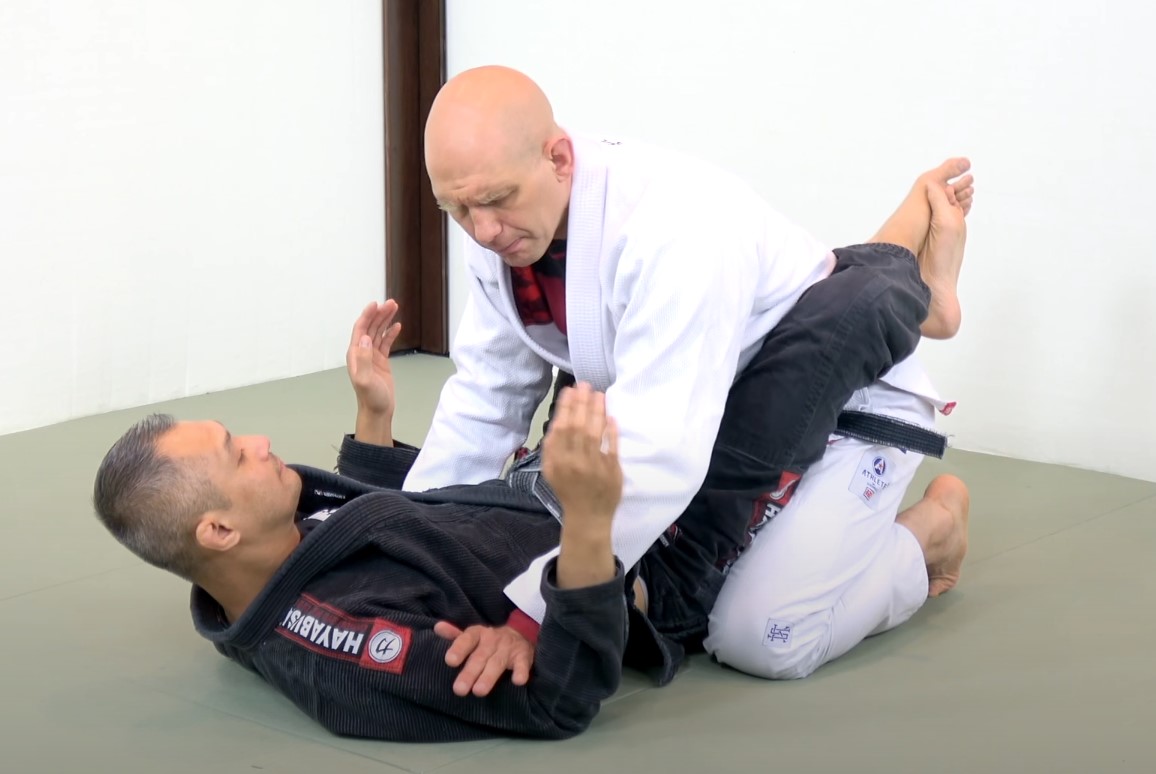
You are on your back with your legs wrapped around your opponent’s waist, feet locked. This is a powerful defensive position. You can control them, block their movement, and set up submissions or sweeps.
5. Open Guard Basics

Your legs are no longer locked, but you are still using them to keep your opponent away and control their movement. This includes positions like butterfly guard and spider guard (we will cover those later). For beginners, think of open guard as “legs active, always moving.”
Bottom Positions and Escapes
6. Being Mounted (Inferior Position)
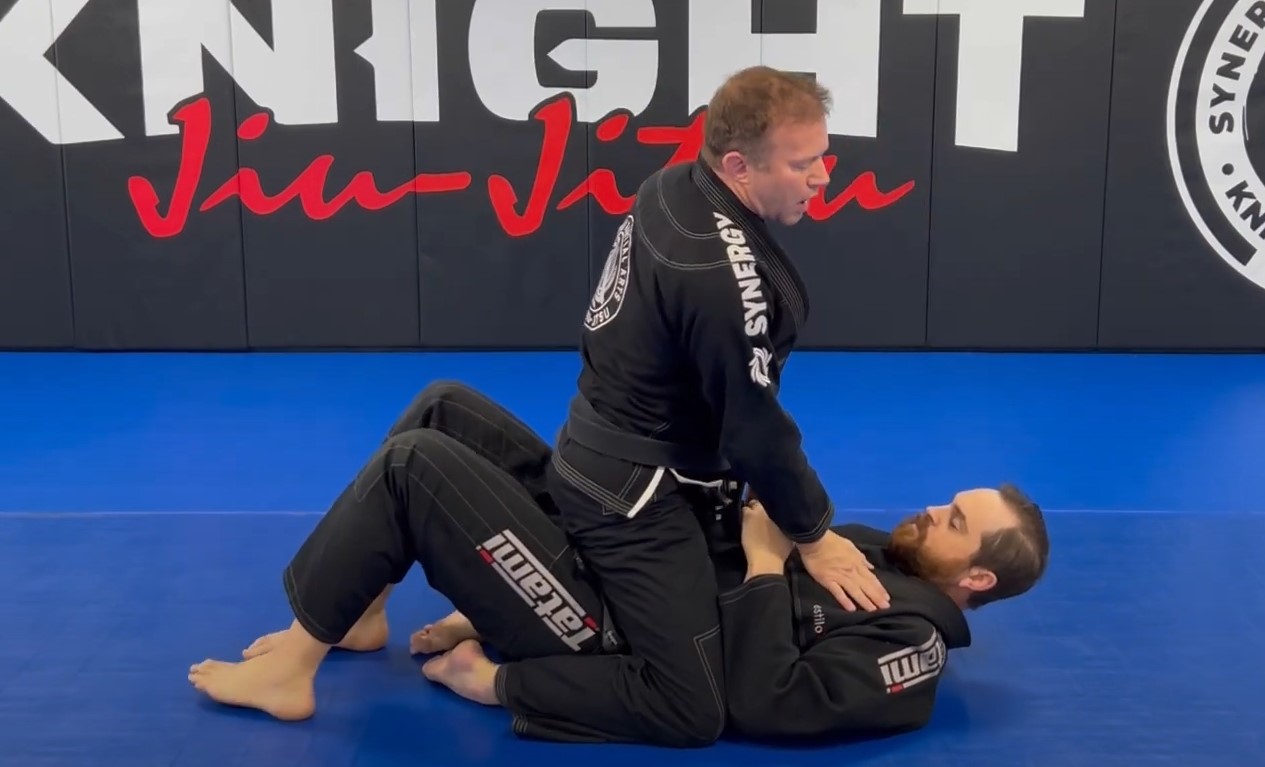
This is a spot where your opponent has significant control over you and where you will focus on your escape strategy. Your job here is to protect your neck, keep your elbows in, and look for ways to escape, like the trap and roll or elbow escape.
7. Side Control Bottom
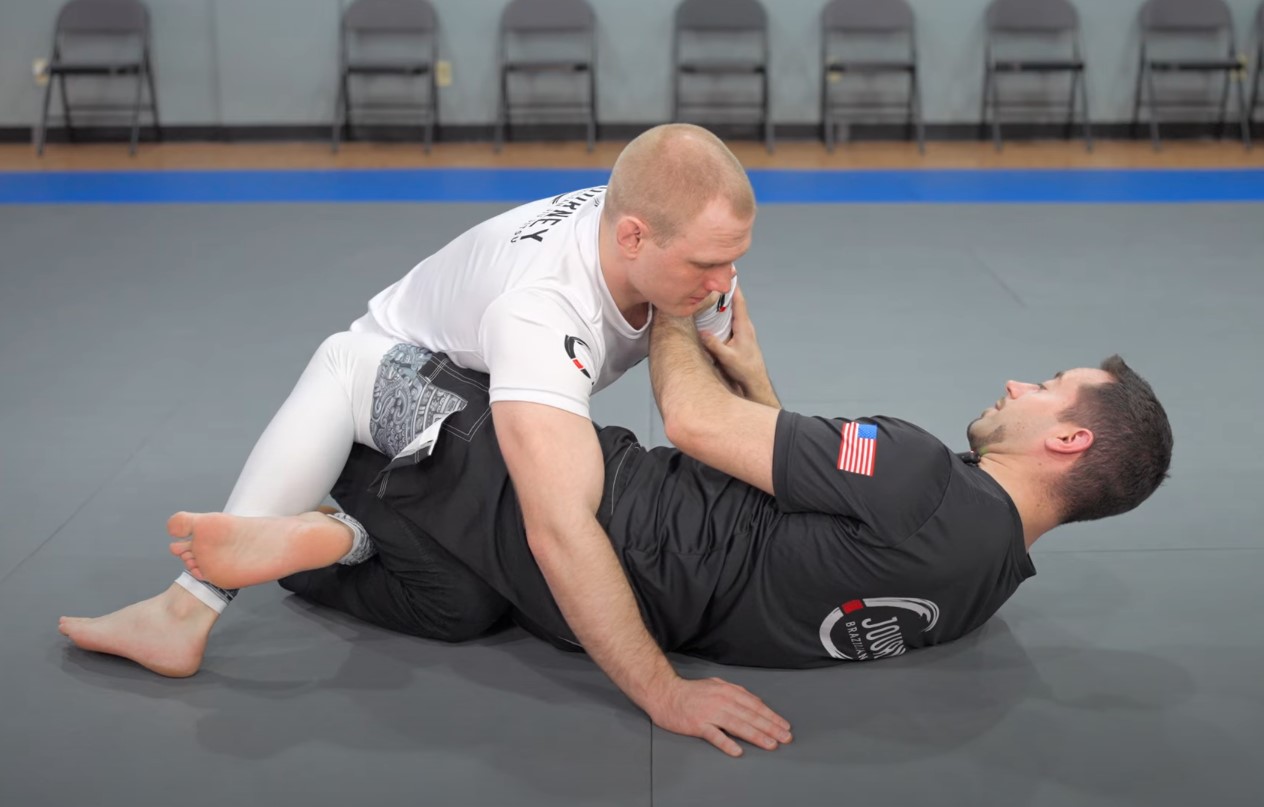
You are under side control. While it’s a challenging position, it also offers opportunities for recovery. Frame with your arms, stay calm, and work to recover guard or create space to escape.
Transitional Positions
8. Turtle Position
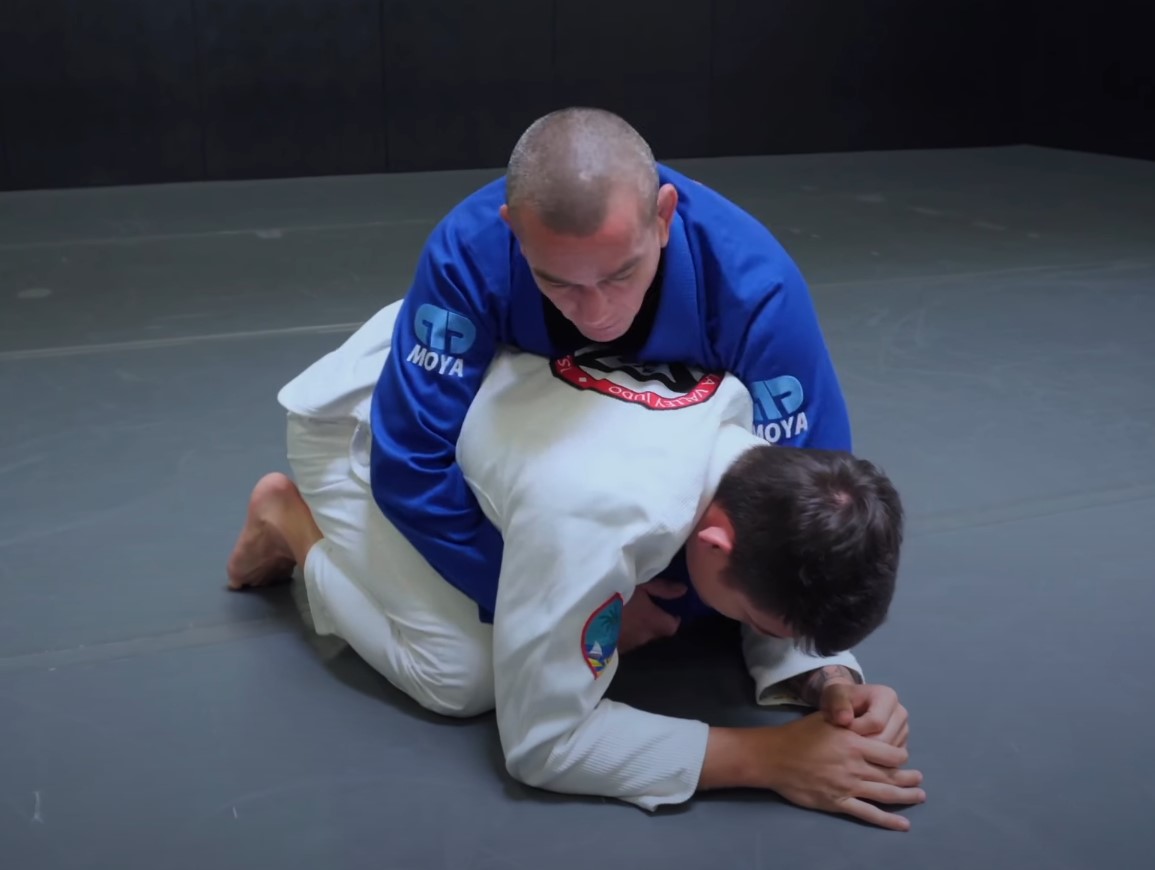
You are on hands and knees, protecting yourself. This isn’t a place to hang out in, but it can be a useful spot to move from. While this offers some safety, remaining active is important to prevent your opponent from moving to your back.
9. Half Guard
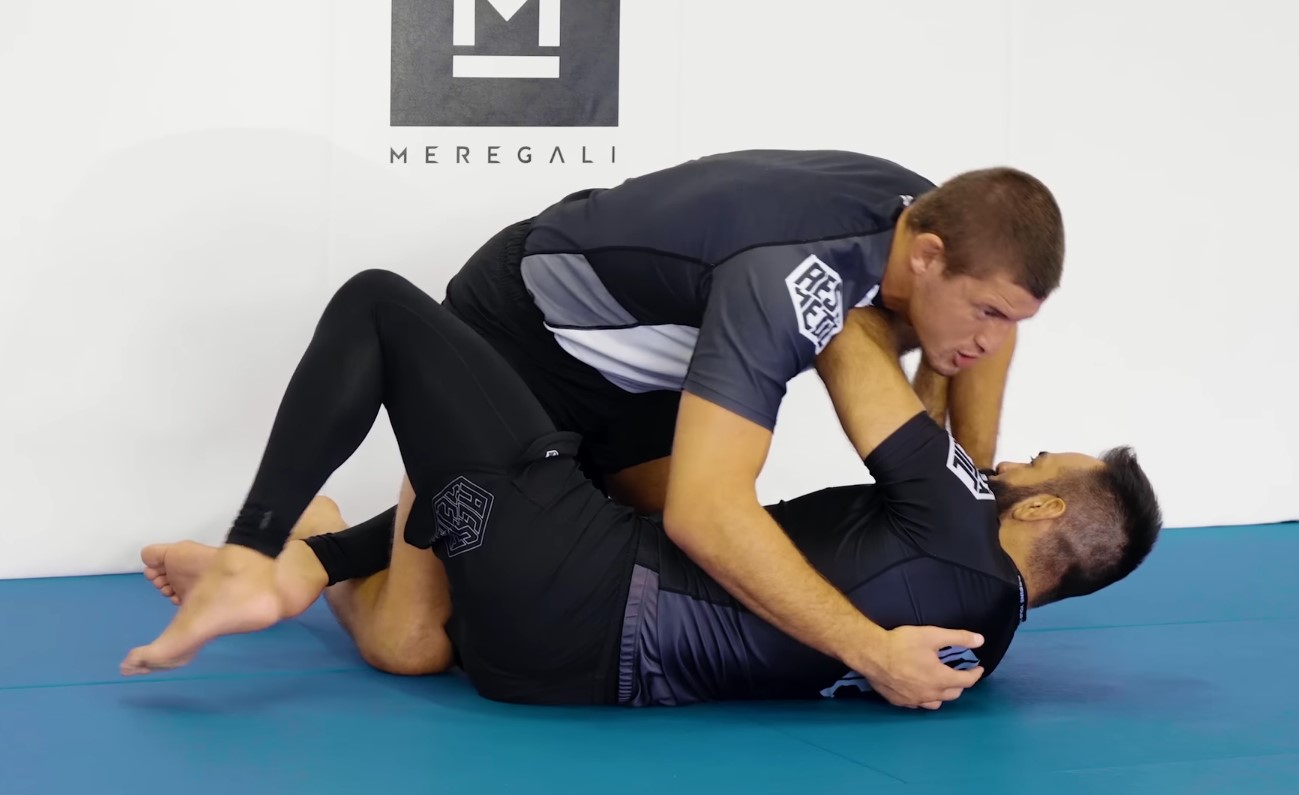
You have one of your opponent’s legs trapped between yours. Half guard sits between guard and side control. From here, you can sweep, recover full guard, or even attack.
Side Note: Half guard became one of my favorite positions over time. It’s a great example of turning something that looks bad into something useful.
Position Flow and Transitions (Beginner-Level Transitions)
Understanding how positions connect changed my entire game. Let me share the most important flows for beginners.
From Guard to Mount:
Guard → Sweep → Side Control → Mount
This was my first successful combination. I swept someone from guard, landed in side control, then transitioned to mount. It felt amazing!
From Mount to Back Control:
Mount → They turn away → Take the back
When people try to escape a mount by turning away, they’re giving you their back. I learned to expect this and capitalize on it.
Basic Guard Recovery:
Side Control Bottom → Hip Escape → Get Guard Back
This escape saved me countless times as a beginner. Hip movement is everything in jiu jitsu.
Position Chain Thinking: Instead of thinking about individual positions, start thinking in chains. If I get side control, I’m already planning my next move to mount or back control.
Training Tips for Mastering Basic Positions
Here’s what helped me go from getting crushed to surviving and eventually dominating on the mat:
- Drill daily: Spend 10 minutes per day drilling basic positions.
- Ask questions: Confusion is normal; ask your coach for clarification.
- Watch yourself: Film your rolls and watch for positional mistakes.
- Focus on posture: Keep your back straight, head up, and elbows in.
- Be patient: You won’t master positions overnight; consistency wins.
Bonus Tip: Don’t rush to advanced techniques. Build your foundation first, like building a house, you need solid ground.
Conclusion
Learning basic Jiu Jitsu positions is your ticket to feeling at home on the mat. From mount to guard to escapes, these positions are the heart of BJJ.
I still drill these basics, they’re that important! Start small, practice daily, and don’t be afraid to mess up. I did, plenty of times, and it only made me better.
Ready to start your BJJ journey? Hit the mats, try these positions, and share your progress with us at Martial Boss.
What’s your favorite position to practice?
 Martial Boss
Martial Boss